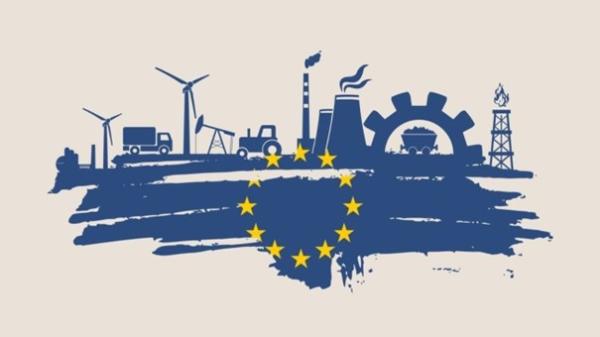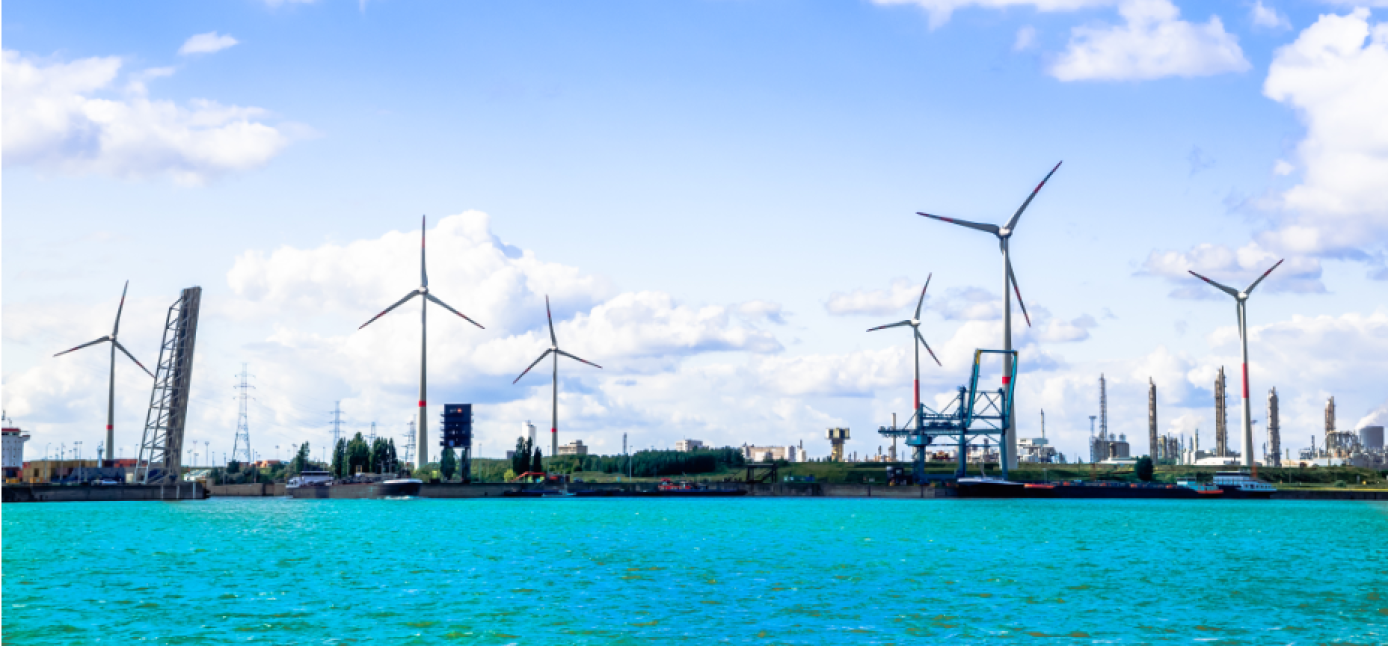
EU concludes two important files right before Christmas
The Council and the European Parliament reached a provisional political agreement before Christmas on two important legislative proposals of the ‘Fit for 55’ package that will further reduce emissions by 55%.
- EU Emissions Trading Scheme (EU ETS)
The EU Emissions Trading System (EU ETS) is a carbon market based on a system of cap-and-trade of emission allowances for energy-intensive industries and the power generation sector. It is the EU's main tool in addressing emissions reductions, covering about 40% of the EU's total CO2 emissions. Since its introduction in 2005, the EU's emissions have decreased by 41%. The new agreement reached before Christmas makes the system more ambitious in order to cut down even further emissions. The Council and Parliament agreed to increase the overall ambition of emissions reductions by 2030 in the sectors covered by the EU ETS to 62%. This stronger ambition means an important incentive for energy-intensive industries to consume green molecules to reduce their emissions.
In addition, The Council and Parliament agreed to create a new, separate emissions trading system for the buildings and road transport sector and fuels for additional sectors, in order to ensure cost-efficient emissions reductions in these sectors that have been difficult to decarbonize so far. The new system will apply to distributors that supply fuels to the buildings, road transport and certain other sectors. Also here hydrogen and its derivatives can play an important role in the decarbonization of these sectors.
- Carbon Border Adjustment Mechanism (CBAM)
The Carbon Border Adjustment Mechanism (CBAM) targets imports of products in carbon-intensive industries. The objective of CBAM is to prevent – in full compliance with international trade rules – that the greenhouse gas emissions reduction efforts of the EU are offset by increasing emissions outside its borders through relocation of production to non-EU countries (where policies applied to fight climate change are less ambitious than those of the EU) or increased imports of carbon-intensive products. This is called “carbon leakage”.
CBAM is designed to function in parallel with the EU’s Emissions Trading System (EU ETS), to mirror and complement its functioning on imported goods. It will gradually replace the existing EU mechanisms to address the risk of “carbon leakage”, in particular the free allocation of EU ETS allowances.
During the discussions the past 2 years the scope of the CBAM was limited to 4 sectors: iron and steel, cement, fertilizers, aluminum. In the very final stages a couple of other sectors were added to the scope like electricity and hydrogen. This means that for imports of grey hydrogen a carbon price will have to be paid as soon as the Mechanism kicks in (2026).
WaterstofNet will investigate the consequences for hydrogen in more detail in the coming months.

